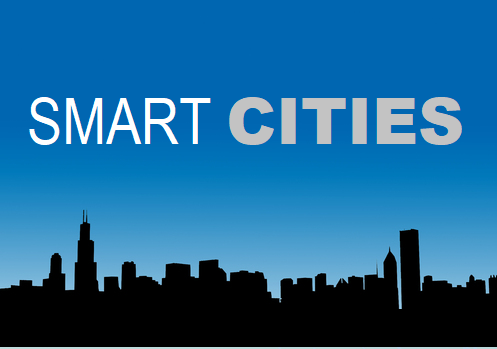Vehicle-to-Everything Communication
November 26, 2018
Vehicles today are connected more than ever, even older vehicles can be connected. We are also connecting vehicles to smartphones. Connecting vehicles with smart cities is next.
Needless to say, automotive communication technology will be even more important in the future. The below terms will assist in understanding some of the terminology associated with connected vehicle technology, V2V, V2X, V2I, V2N and HD mapping.
Vehicle-to-Vehicle (V2V)
The first step toward a smart city is autonomous vehicles. Current automation systems found on today’s vehicles rely mostly on sensors. Ultrasonic, radar and camera technologies allow vehicles to see and analyze its surroundings and make safe decisions while driving. However, sensors have limited range and run into the same problems as humans do when it comes to hidden objects, roads, and generally unexpected behavior from other vehicles.
Two V2V technologies in particular are expected to have a big impact on road safety: intersection movement assist (IMA) and left turn assist (LTA).*
Vehicles equipped with this technology can communicate with each other in real time and relay information, such as a vehicle lane change or flat tire on vehicle ahead. V2V allows vehicles to essentially see further and enhance the level of predictability.
Vehicle-to-Everything (V2X)
V2X stands for vehicle-to-everything communication. The idea behind this technology is that a vehicle with built-in electronics will be able to communicate in real-time with its surroundings including V2V, vehicle-to-pedestrian (V2P), vehicle-to-roadway infrastructure (V2I), and vehicle-to-network (V2N) technologies.
Ready for another acronym? Cellular vehicle-to-everything (C2VX) will be developed to help form the essential backbone to smart cities.
Vehicle-to-Infrastructure (V2I)
Here are two significant vehicle-to-infrastructure (V2I) technologies:
Smart Signals
Smart cities are not just about autonomous signals. They are also about smart infrastructure that adapt to road conditions and allows for the most efficient throughput of traffic. Smart signals will play a key role in the process of creating smart infrastructure.
Traditional signals are either FST (Fixed Signal Timings), which are programmed to change by time of day (ie. rush hour) or they are IPD (In-pavement Detection) which can modify the signal timing slightly based on demand.
Smart signals do two things. First, they use cameras and/or sensors to detect if a car is waiting and also how many cars are waiting on each lane. Using this information, it can calculate the amount of time it will take to clear up each side. Second, smart signals can communicate with other nearby smart signals and can even be connected to the grid as a network of signals that can work in tandem and maximize traffic efficiency.
Smart Parking
Smart parking is another example of a vehicle-to-infrastructure technology and goes hand in hand with autonomous driving. Imagine letting your car park on its own and getting picked up when ready. Essentially, smart parking removes any human intervention with parking from start to finish.
Connected parking spaces allow communication from the parking lot to your vehicle, letting the vehicle know which spaces are available, the cost, and how long your car has been parked in order to charge the appropriate amount.
Vehicle-to-Network (V2N)
Vehicle-to-network (V2N) systems connect vehicles to the cellular infrastructure and the cloud so drivers can take advantage of in-vehicle services like traffic updates and media streaming.
HD Mapping
Self-driving cars today use sensors to make calculations in real time. Imagine if your vehicle already knew the elevation of the road or the distance to the curb. HD mapping does that and more. 3D spatial mapping data contains curvature, elevation, and width of lane, as well as the dimensions of any anomalies on the road.
Autonomous vehicles can use this data to make calculated turns, calculate speed prior to elevation changes to maximize engine efficiency and minimize fuel consumption. On the other hand, municipalities can use this data to deploy fire trucks or even autonomous drones.
References:
*N. Ismail. (2017, Apr. 13). What you need to know about vehicle-to-vehicle communication. Information Age. [Online] Available: http://www.information-age.com/need-know-vehicle-vehicle-communication-123465752/
